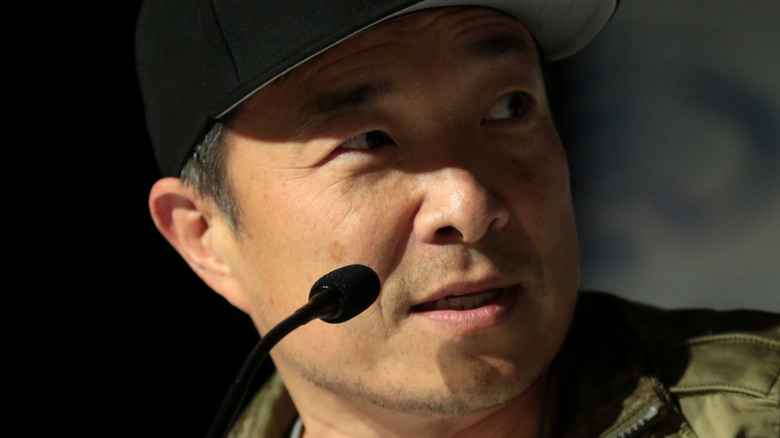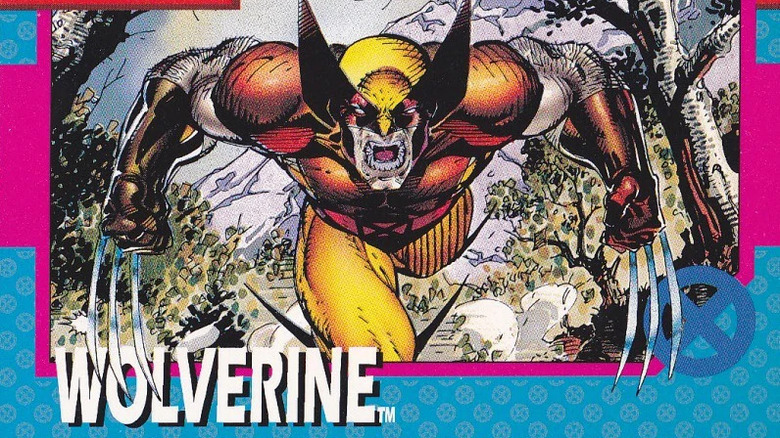The Hardest Part Of Designing Marvel's Iconic X-Men Trading Cards Was More Mundane Than You'd Think - Exclusive
We may receive a commission on purchases made from links.
Jim Lee's run on "The Uncanny X-Men," alongside the 1991 spin-off series "The X-Men," is nothing short of legendary among Marvel comic fans. The artwork was vivid and nuanced, and the heroes and villains looked powerful. Lee's interpretation of the popular team of Marvel mutants swiftly became the popular take on that massive corner of the Marvel universe. When the popular Marvel artist was asked to take on Marvel's series of X-Men trading cards, the cards took off like wildfire and history was made for the publisher.
With seasoned pros like Jim Lee and editor Bob Budiansky behind the series, the process of creating the cards and making them shine was by and large easy enough, but designing the card series did hit one snag that took time and creativity to solve. Working in an earlier era, the physical process of designing the cards was harder in particular ways that made for surprising challenges. In a new interview with trading card series editor Bob Budiansky, he reveals the hardest part of the process of making the cards, and it's something that fans of the card series would never expect.
Finding issues where you'd least expect them
In netting such a successful and busy artist for the Marvel trading card set, a variety of schedule hang-ups could have plagued the series. These concerns were shared by Marvel itself, but Bob Budiansky reports that the ever-professional phenom Jim Lee never had a problem. "Once we had the design and the dimensions and I gave Jim Lee the list of characters, it was off to the races," Budiansky explains. It was that design part that took a little more work than they anticipated.
"The hardest part to get right," he explains, "was one of the sillier things about the cards." Budiansky worked with book designer Joe Kaufman on the cards' design. "We came up with the idea that the characters themselves would be in a frame and we would try to extend the frame as close to the edge as possible." Said frame would also house the X symbol, and Budiansky says that "getting that X to line up with the width of the frame so it all meshed together" proved rather difficult.
In a pre-Photoshop, early computer era, "computer skills were very primitive," he describes. "It really took much more effort than we thought it would to get everything to be the right width, and to line up properly." Once that seemingly elementary task was finally accomplished, Jim had no issues with the new work challenge. As for the characters, "He was cranking them out, and I didn't have to look over his shoulder to make sure everything was working correctly. He knew what to do, so that was it." Sometimes the biggest challenge is the last little detail you'd expect.
"The Uncanny X-Men Trading Cards: The Complete Series" is available for purchase on Amazon and wherever books are sold.

